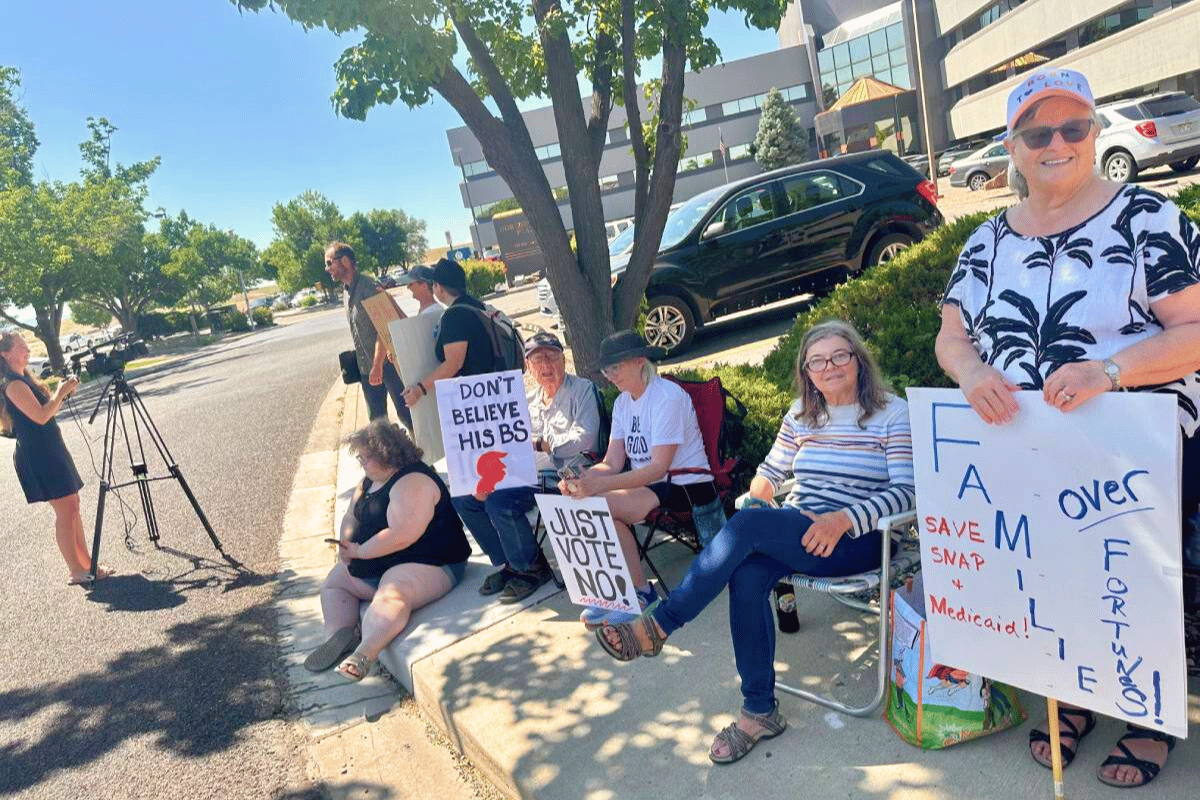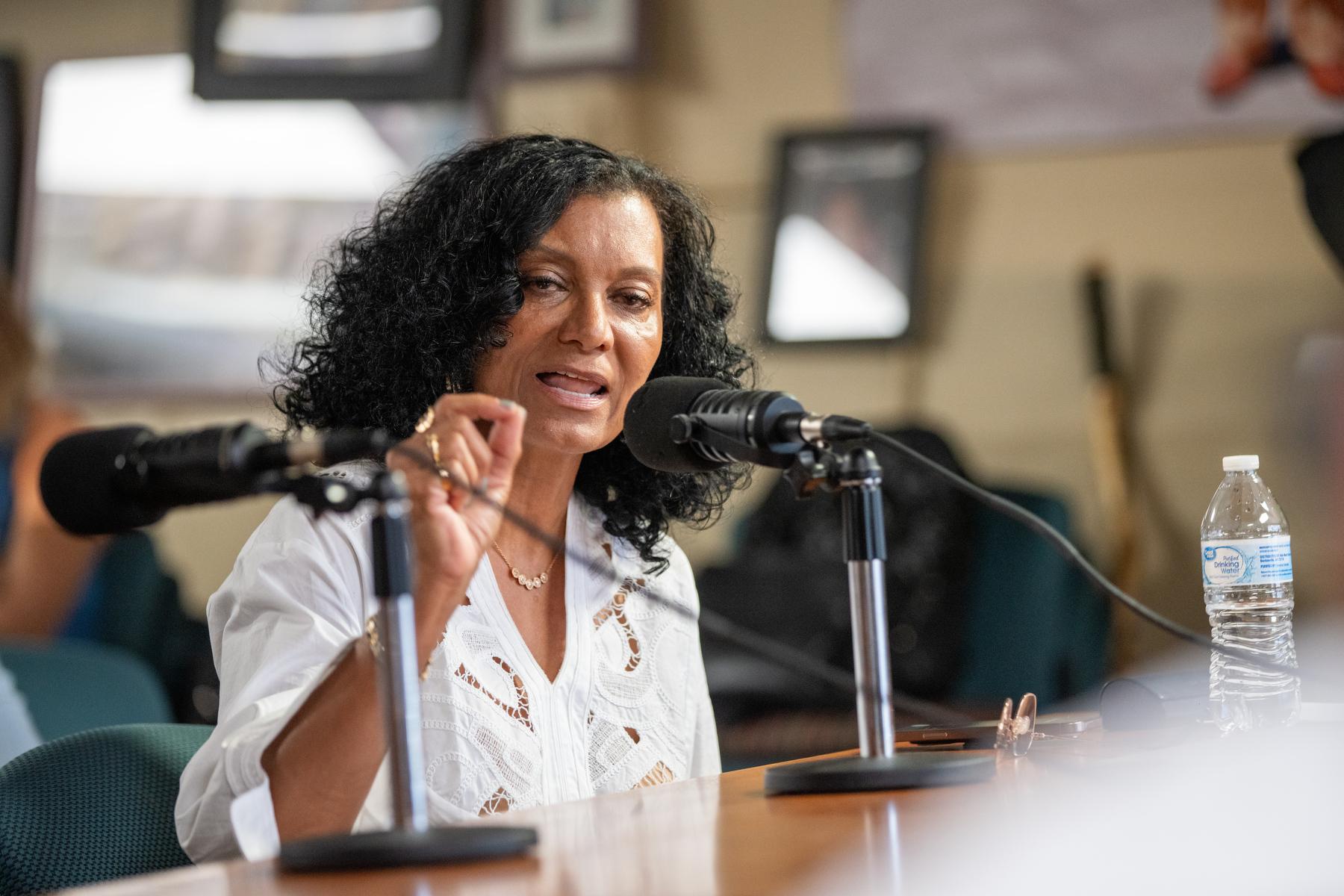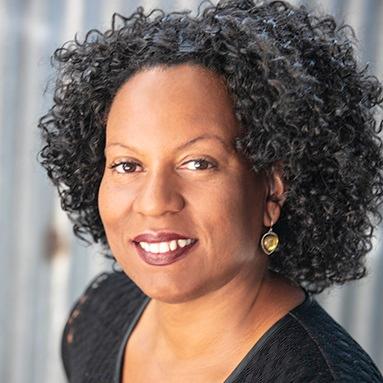No one knows how many people wrongfully convicted of crimes are in prison, but last year 139 of them were exonerated. That's a drop from 2016, when there were 171 such cases.
The numbers released today by the National Registry of Exonerations shows that Texas still led the nation with 23 exonerees last year followed by Illinois (21), Michigan (14) and New York (13).
Professor Barbara O'Brien, a Michigan State University law professor and editor of the National Registry, says a record high number of cases, 84 of the 139, were tainted by official misconduct by police, prosecutors and other government officials.
Mistaken eyewitness identification and false confessions also played a role, while perjury and false accusations affected a record 87 cases.
O'Brien says that could be witnesses who have it in for a defendant or those who are trying to protect someone, to police perjury.
In all, 98 of the exonerations involved violent felonies: including homicides, child sex abuse convictions and sexual assaults of adults. In 66 of the cases, no crime was actually committed. Four of the homicide exonerees had been sentenced to death.
The wrongfully convicted inmate who served the longest time in prison before being exonerated was 61-year-old Ledura Watkins of Michigan. He spent more than 40 years in prison for murder until his release last June.
The most striking difference between 2017 and preceding years was a steep decline in the number of drug crime exonerations. For example, in 2016 there were 61 and last year 16.
Most of that decline occurred in Harris County — home to Houston. Officials there cleared a backlog of drug cases after testing showed defendants who had pleaded guilty were actually innocent because the substances police seized from them were not illegal drugs.
The report also found that at least 96 defendants in Chicago and Baltimore were found to be innocent in "group exonerations" that occurred after evidence showed police officers were systematically framing people for drug crimes.
More than half of the exonerations were the result of reinvestigations of cases conducted by Conviction Integrity Units in the offices of local district attorneys and innocence organizations — such as wrongful conviction clinics run at law schools.
O'Brien says if there were more resources available for both of those groups, there would likely be more exonerations.
9(MDEyMDcxNjYwMDEzNzc2MTQzNDNiY2I3ZA004))








